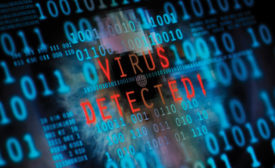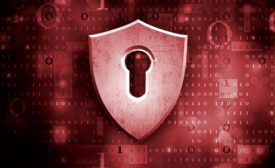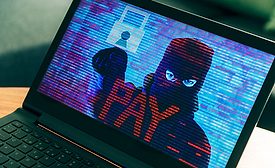Security Education & Training
Health, Wellness and Physical Fitness and Your Security Officers
Are Your Security Officers Fit for Duty?
March 25, 2020
A Public Private Partnership: the DSS and Enterprise Security
How does the the U.S. Diplomatic Security Service interface with public safety responders, and what can enterprise security learn from their successes?
March 18, 2020
Sign-up to receive top management & result-driven techniques in the industry.
Join over 20,000+ industry leaders who receive our premium content.
SIGN UP TODAY!Copyright ©2024. All Rights Reserved BNP Media.
Design, CMS, Hosting & Web Development :: ePublishing
















